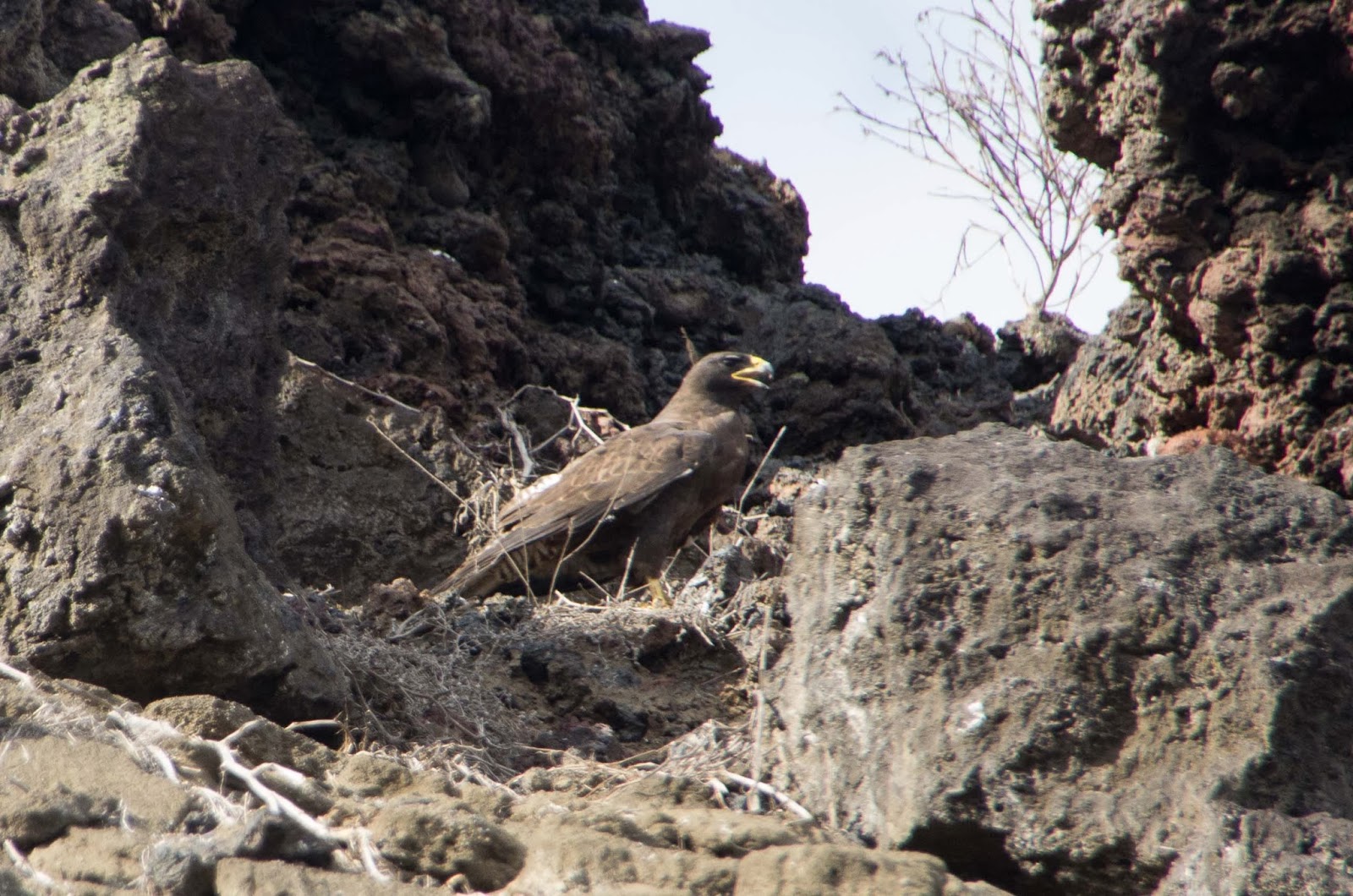At the north end of the Malecon Simon Bolivar is San Pedro,
an older community build on the hillside where the city began. The houses are
as they were years ago painted in a beautiful variety of pastels. Only one
street traverses this community. Most of the places are reached by walking
alleyways or climbing the 444 steps to the top of the hill. Climbing it was not
as difficult as I expected, probably because the steps are wide and there are
flats along the way. It’s not like climbing a similar number of steps to ascend
a church tower or lighthouse where there is no respite along the way as you
circle your way to the top. A small lighthouse and a church top the hill so one
can climb a bit more for an even better view. I was also pleased to find a few
new birds joining me in the trees and flowers above the city.
 |
| The final step! |
Back on lower ground Guayaquil boasts a couple of other
amazing sights. Parque Boliva, a public square, is the home of about 150
iguanas. Our guide told us that the iguanas used to try traversing the streets at night,
but seem to have learned the folly of that as they no longer see any dead ones
on those streets. The city feeds them lettuce so they get plenty to eat and the
many trees, flowers, and ponds provide them some relief from the children, who
like all children, think pulling on the animal’s tail is great fun. Facing the
park is the city’s cathedral. At the center of the city the Plaza del
Centenario where the central Liberty column is surrounded by statues of the
founding fathers. These four city blocks at the halfway point between the two
malecons on Avenida 9 de Octubre, this is the city’s main square full of people
at all hours of the day.
 |
| Twice a week, this band plays during the noon hour. |
Another interesting sight was the long line at City Hall. People were lined up around the corner to pay their taxes. Our guide told us they would save a significant amount by paying in person in cash before the end of January. I think she said the amount was about $50 per person. I walked by three different times and the lines never diminished. Apparently this process applies to everyone as our guide told us she would be standing in that same line later in the week.
It's election season in Guayaquil and I was also treated to a parade for one of the mayoral candidates. I'm not sure what the camel symbolizes in a country where they don't exist, but this doctor has chosen one as his mascot.
On our last day, we had a few hours before catching our plane home so we visited the historical park on the edge of town. The park includes a small zoo highlighting some of Ecuador's birds and animals along with a recreation of colonial buildings and gardens of indigenous plants. The buildings were mostly just facades, but one did have a large party room upstairs overlooking the river. We enjoyed the free park as it gave us some views of birds we were not able to seen in the wild.
 |
| Red-lored Amazon Parrot |
 |
| Ecuadorian Fox |
 |
| Harpy Eagle |
 |
| Red-green Macaw |
 |
| Blue-yellow Macaw |
 |
| Just the facade |
 |
| Upstairs party room |
 |
| Cactus Garden |


























































